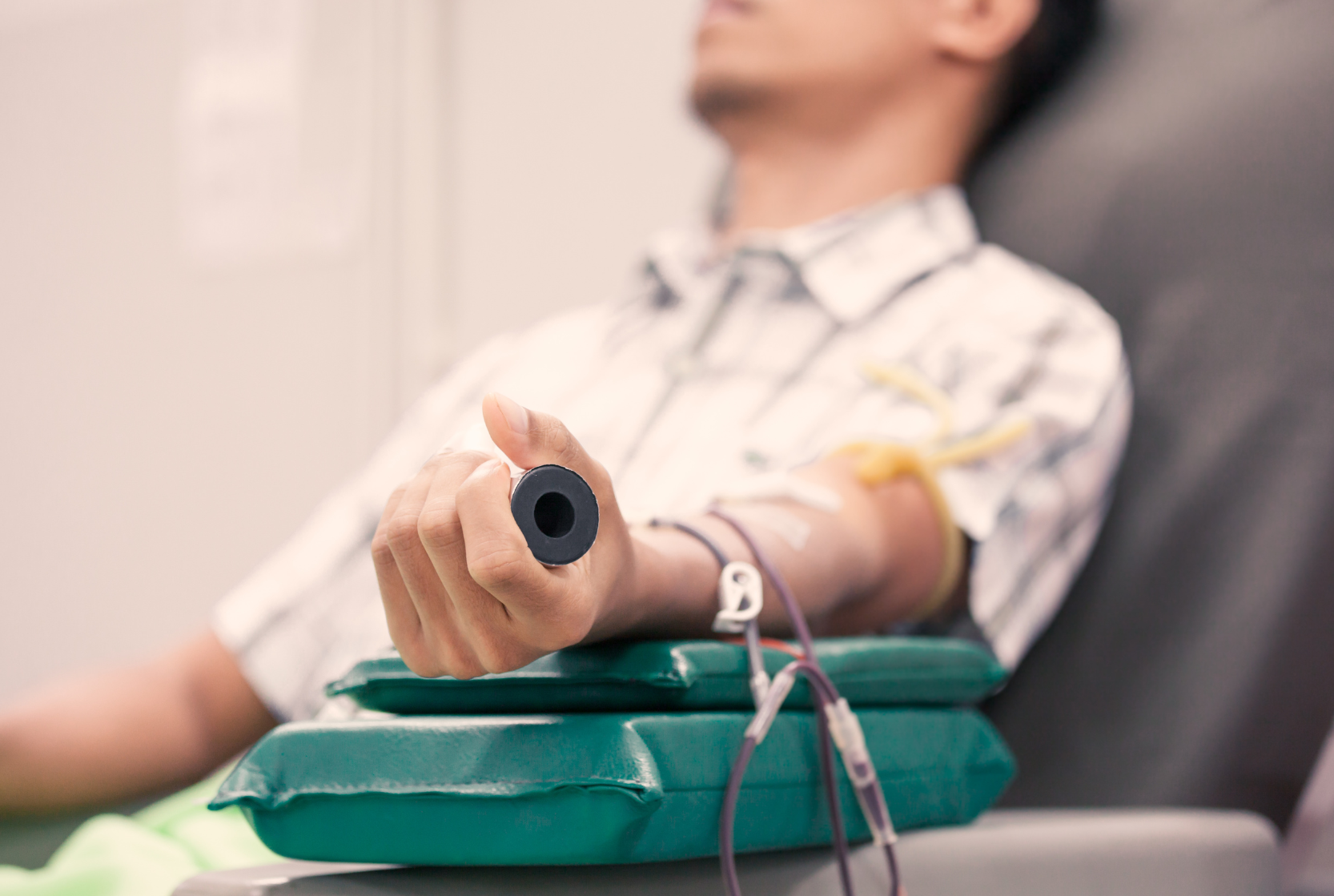Did you know that every 2 seconds someone in the United States needs blood or platelets?
Blood is essential in surgeries, treatments, traumatic injuries, and other lifesaving measures. Without blood donation, millions of people would be at risk of losing their lives.
January is National Blood Donor Month and a great time to book an appointment at a donation location near you.
Types of Blood Donation
- Whole Blood Donation
- Can be used in its original form or used to help multiple people when separated into specific components
- Frequently helps trauma patients and people undergoing surgery
- Takes approximately 1 hour
- All blood types needed
- Donate every 56 days, up to 6 times per year
- Power Red Donation
- Concentrated dose of red blood cells
- Typically helps trauma patients, newborns and emergency transfusions during birth, people with sickle cell anemia, and anyone suffering blood loss
- Takes approximately 1.5 hours
- O positive, O negative, A negative, and B negative needed
- Donate every 112 days, up to 3 times per year
- Platelet Donation
- Platelets are tiny cells in the blood that forms clots and stops bleeding
- Helps in cancer treatment and organ transplant procedures, and other surgical procedures
- Takes approximately 2.5-3 hours
- A positive, A negative, B positive, O positive, AB positive, AB negative needed
- Donate every 7 days, up to 24 times per year
- Plasma Donation
- AB plasma donation separates plasma from other blood components and returns red blood cells and platelets back to donor
- Used in emergency and trauma situations to help stop bleeding
- Takes approximately 1 hour and 15 minutes
- AB positive and AB negative needed
- Donate every 28 days, up to 13 times per year
To learn more about blood donations types, visit Donate Blood, Plasma or Platelets | Red Cross Blood
To find blood donation sites or drives near you, visit Schedule a Blood, Platelet or Plasma Donation | American Red Cross (redcrossblood.org)
Sources:
Facts About Blood Supply In The U.S. | Red Cross Blood Services

